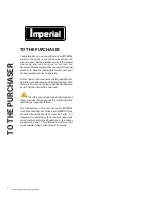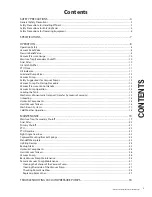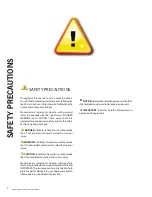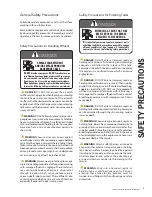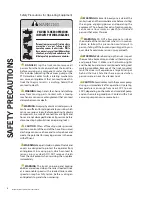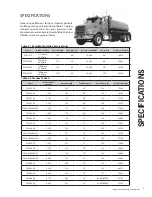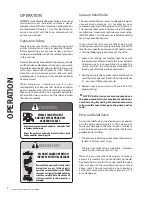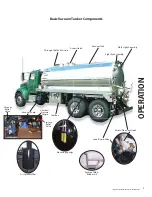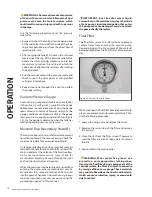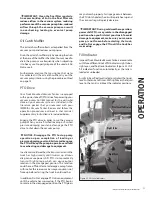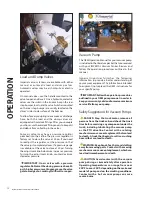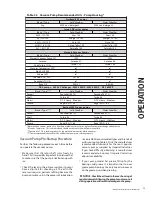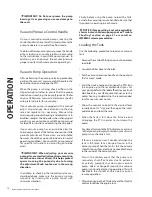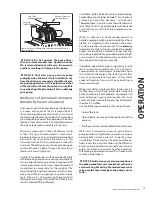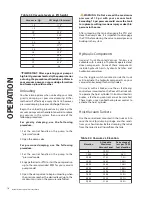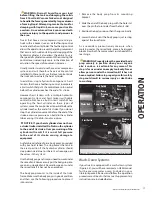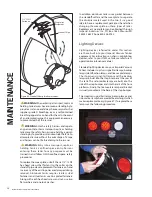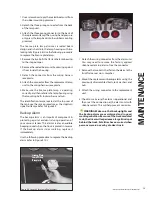
12
IMPERIAL TRUCK MOUNTED VACUUM TANKER MANUAL
Vacuum Pump
The OEM Operation Manual for your vacuum pump
is included in the literature packet that you received
with your IMPERIAL Vacuum Tanker. Review and
follow the operation procedures outlined in that
manual.
Imperial Industries furnishes the following
information to provide a better understanding of
your vacuum equipment. This information is intended
to augment (not replace) the OEM instructions for
your specifi c pump.
★
IMPORTANT: Follow the operation procedures
outlined in your OEM pump manual in order to
keep your warranty valid and to receive maximum
service life from your pump.
Safety Suggestions for Vacuum Pumps
DANGER: Stop the truck motor, remove all
persons from the truck cab, and chock the truck
tires before servicing any component under the
truck, including lubricating the vacuum pump
or the PTO driveline. Contact with a rotating
mechanism can cause entanglement that can lead
to death. A truck that begins to roll is a crushing
hazard that can lead to death.
WARNING: Keep hands, feet, hair, and clothing
away from moving parts. Contact with a moving
mechanism can cause entanglement, which can
lead to dismemberment or death.
CAUTION: Avoid contact with the vacuum
pump during or immediately after operation.
Operating temperatures can range from near
200
o
F to over 300
o
F, depending on the make and
model of pump and on the working conditions.
Contact with a hot vacuum pump can cause
severe burns.
OPERA
TION
Load and Dump Valves
Imperial vacuum tankers are available with either
manual or automatic load and dump valves.
Automatic valves may be air, hydraulic, or electric
operated.
On manual valves, use the handle mounted to the
valve to open and close it. On air, hydraulic, or electric
valves use the switch in the truck cab or, on the rear
step bumper, to actuate the valve. Switches mounted
on the rear step bumper are usually located on the
driver’s side, inside surface, of the bumper.
To allow for easy coupling to a vacuum or discharge
hose, both the load and the dump valves are
equipped with camlock-fi ttings. After you uncouple
your hoses, use the camlock fi tting covers to keep dirt
and debris from collecting in the valves.
Some air valves may have a pressure regulator
plumbed into the airline. The pressure regulator is
factory set to close the valve at 0 psi. If you need
to readjust the regulator, set the pressure so that
the valve just completely closes. If a pressure gauge
is available, set the valve to close at 0 psi. Turning
the adjustment knob clockwise increases pressure.
Turning the adjustment knob counterclockwise
decreases pressure.
★
IMPORTANT: On air valves with a pressure
regulator, Do Not set the closing pressure above 30
psi. A higher pressure setting may cause the valve
gate to wedge shut, making it diffi cult to reopen.


